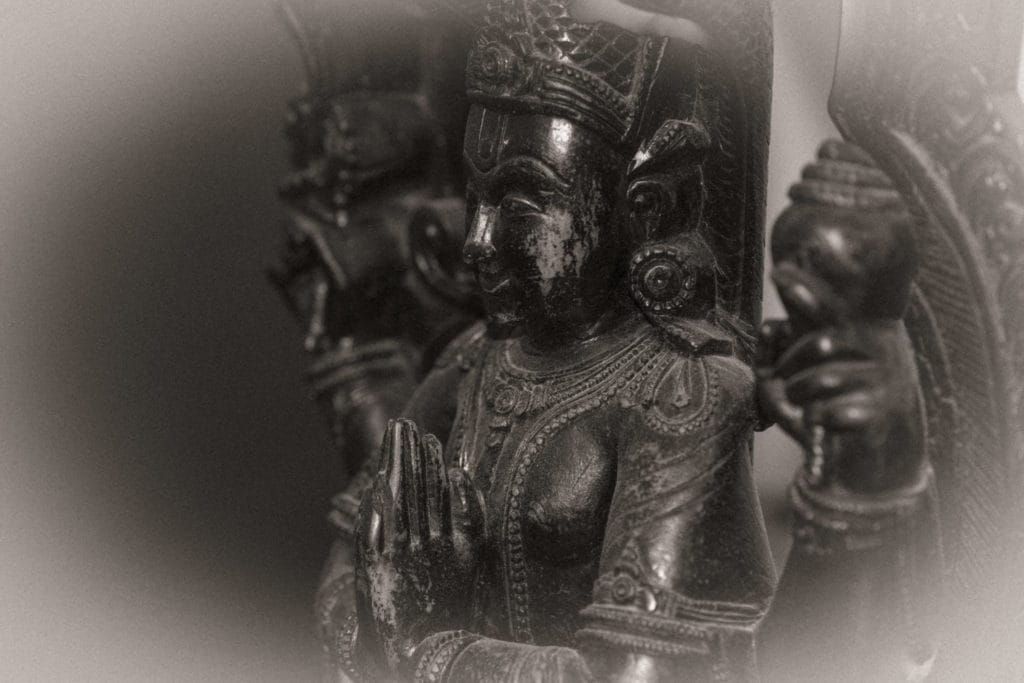If yoga is “the stilling of the fluctuation in the consciousness,” then practice is the movement of consciousness from a state of distraction, through observation, to reach a state of attention.
Practice can be seen in light of this definition as an attempt to still the wandering mind by returning the mind to a focal point, but this amounts to a concentration technique where one impression replaces another. Via this technique, the wandering mind is stilled by bringing it to a point of focus. In other words, according to this interpretation, yoga only exists when the mind is concentrated.
In another interpretation, practice is the act of observing our interaction with sense objects, and becomes a study of the way the mind interacts with things whether they be asanas or aspects of our daily life. It is a study of our perception, whereby it is not essential to stop the mind from moving, but to study why and how it moves, and its patterns and habits. For me this requires a level of intimacy with the mind, which is not an act of overpowering it but engaging its workings, and gradually releasing it from its habitual wandering through the power of recognition.
Patanjali explains that this wandering of the mind takes place when we attribute qualities to an object ‑ a common experience for us all. We think the new car will make us happy or solve all our transport problems. Desire for the object is generated by what we think the object will do for us. As we come to know the object more intimately, our relationship to it changes to one of clearer perception and clarity. The object either loses its influence over us (loses its allure) or becomes enriched through that process of knowing it. It’s the same in yoga.
Downlaod the full PDF article below

